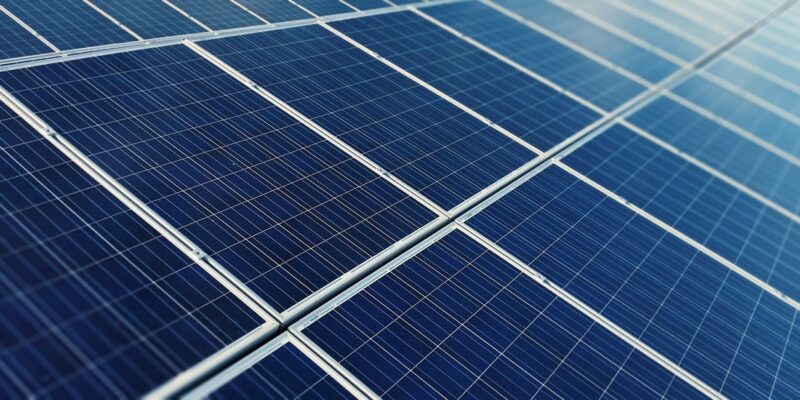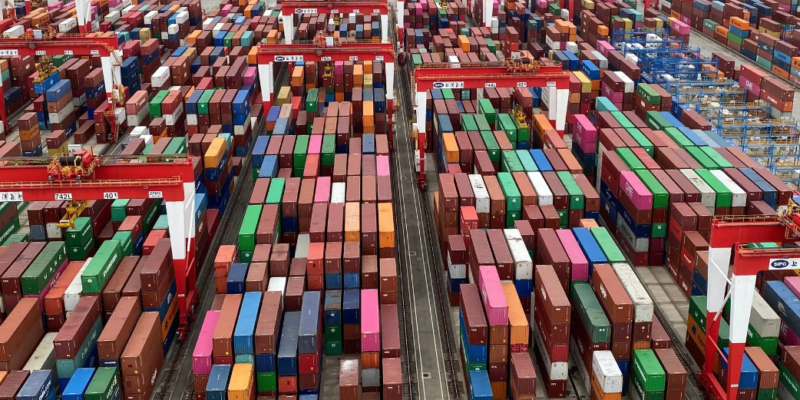The passage of the legislation, known as the Inflation Reduction Act (IRA), already has industry
professionals buzzing about the potential for another Solar Boom. For those of you who have been in the
the industry long enough to remember the years following the American Recovery and Reinvestment Act,
the rapid growth and expansion of the solar industry in the years following is something to be excited
about.
However, it is also wise to remember the pitfalls and lessons learned during these rapid years of industry
expansion. Otherwise, some may experience the finical fallout many companies endured from this time.
Here is a list of Gordian Energy’s Top Three suggestions to make sure you do not fall victim to the errors
of the past.
Pick Reliable Partners and Experienced Firms
With the increase in government spending in renewables, there is potential corruption and greed will
sink its teeth back into our industry as it did in the past. Cash grabbing from other industries trying to
break into our market will lead to a new generation of renewable energy companies. Ensure that
your EPC, Developer, and Design Partners have the experience to back up their claims. Make sure their
staff is knowledgeable and well vetting in their industry roles.
Pick Partners with the Required Professional Licenses and Insurance
All EPC partners should have the required business licenses, electrical licenses, manufacturer
certifications, and NABCEP certifications to design and build your project. With the Inflation Reduction
Act’s additional requirements for prevailing wage designations become even more paramount to
ensure successful project completion.
Use Vetted and Reliable Technologies
Unlike the Solar Boom of the early 2010s, our industry now has enough data and analytics to know who
can live up to the performance and reliability standards of our production models. We have all seen which
technologies work and can deliver on their promises. Although innovation and new technology should
continue to be researched, developed, and deployed; it is important to use enough trusted technology
partners not to destroy your project’s bottom line.



